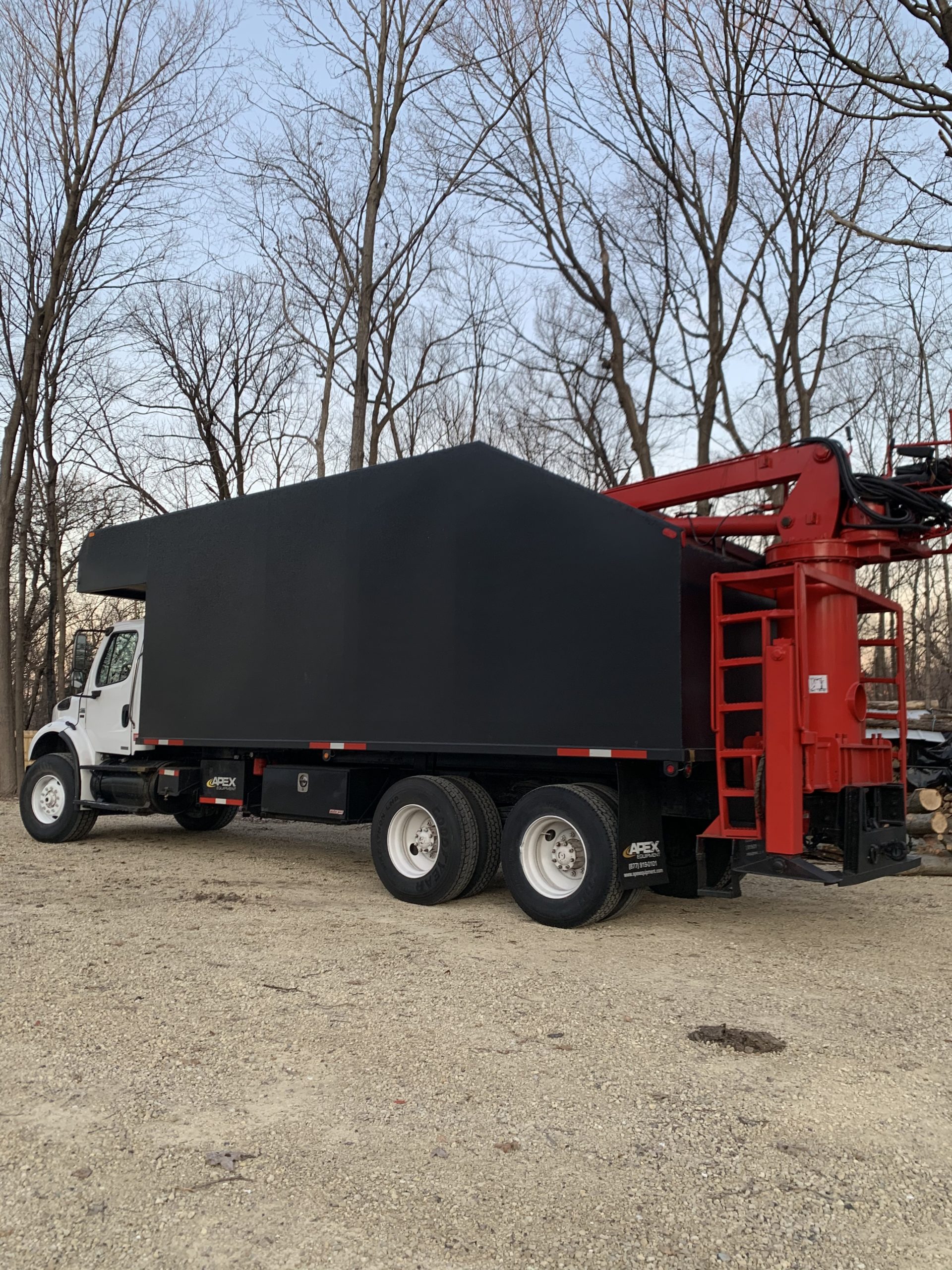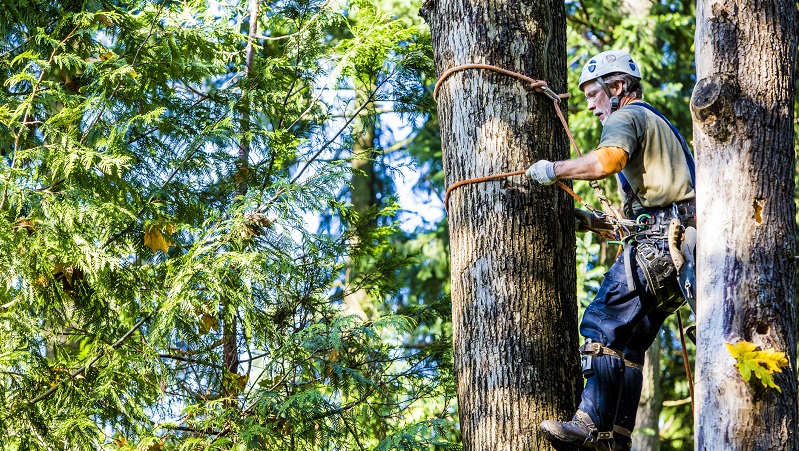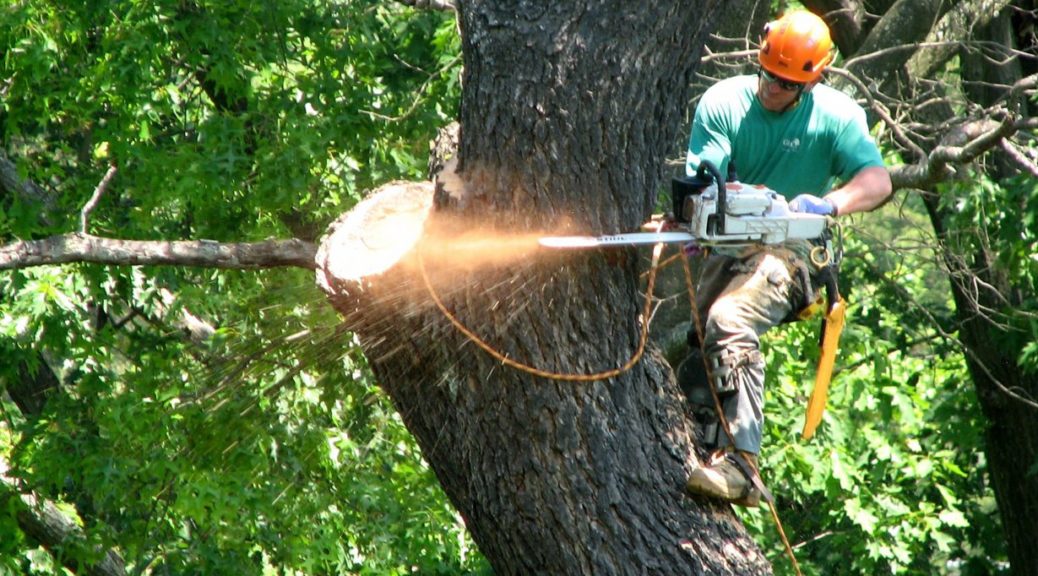Specialist Tree Removal Services in Guilford CT by RC Property Services
Specialist Tree Removal Services in Guilford CT by RC Property Services
Blog Article
Comprehending the Value of Tree Conservation and Preservation Practices in Urban Areas
In the dynamic landscape of metropolitan environments, trees commonly stand as quiet guardians, providing a plethora of benefits that prolong much past their visual appeal. As we check out the intertwined material of environmental, social, and economic advantages that metropolitan trees use, it comes to be apparent that their conservation is crucial for the wellness of future and present generations.
Ecological Advantages of Trees in Cities
Trees in urban areas play a crucial role in providing various ecological advantages, adding to the general health of city slicker. One substantial advantage is the enhancement of air quality. Trees act as natural filters, taking in toxins such as carbon monoxide, sulfur dioxide, and nitrogen dioxide, and releasing oxygen into the environment. This procedure aids lower the concentration of damaging gases, making the air cleanser and much healthier for citizens.

In addition, trees contribute to water monitoring by reducing stormwater drainage and dirt erosion. Generally, the environmental advantages of trees in cities are vital for developing sustainable and comfortable urban environments.
Social Importance of Urban Tree Preservation
In modern city landscapes, the preservation of trees holds considerable social relevance for promoting area health and boosting lifestyle. Urban tree preservation plays an essential function in creating spaces for social interaction and community engagement. Trees give meeting place for individuals, such as parks and eco-friendly locations, where neighborhoods can collaborate for entertainment activities, social events, and leisurely walks. The visibility of trees in urban settings has been linked to reduced degrees of tension, improved mental wellness, and boosted sensations of health amongst locals. Additionally, trees add to the aesthetic appeals of communities, creating aesthetically appealing surroundings that boost the total livability of metropolitan areas.

Economic Value of Tree Preservation
The conservation and preservation of city trees use significant economic benefits that contribute to the overall monetary well-being of cities and communities. Urban trees provide a broad range of financial benefits that positively impact neighborhood economic climates.
Additionally, trees play a vital duty in lowering stormwater runoff and mitigating the effects of flooding, which can lead to price financial savings for cities in terms of facilities maintenance and repair work. Urban trees likewise add to enhanced air high quality by releasing and soaking up contaminants oxygen, bring about prospective cost savings in medical care expenses associated with respiratory system ailments. By spending and identifying in the financial worth of tree preservation, cities can promote lasting advancement, improve lifestyle, and develop even more resistant city atmospheres.
Methods for Sustainable Urban Tree Monitoring
An extensive strategy to sustainable urban tree monitoring includes integrating varied strategies that focus on long-lasting ecological wellness and area wellness. Applying tree inventories and analyses is critical to comprehend city tree populaces, their wellness, and upkeep requirements. Regular pruning, watering, and mulching are important practices to make certain tree vitality. In addition, adopting tree growing programs that focus on climate-resilient and native species can enhance metropolitan biodiversity and sustainability.
Neighborhood interaction plays an essential duty in lasting urban tree monitoring. Informing citizens regarding the benefits of trees, arranging tree planting events, and including volunteers in tree care activities promotes a sense of possession and stewardship. Cooperation between city government, ecological organizations, and homeowners is vital to creating and applying reliable tree administration plans.
Purchasing environment-friendly infrastructure, such as green roofings and urban forests, can supply several advantages, including boosted air high quality, stormwater management, and metropolitan warm island mitigation. tree removal. Integrating trees into urban preparation and layout processes ensures that trees are valued as important components of a healthy and balanced look these up and resilient metropolitan environment
Community Involvement in Tree Preservation
Community involvement is a fundamental element in cultivating sustainable city tree administration practices and guaranteeing the long-lasting health and conservation of city tree populaces. Engaging the community in tree preservation campaigns can cause boosted awareness, recognition, and stewardship of trees within urban areas. When residents proactively participate in tree conservation, planting, and upkeep efforts, they develop a sense of possession and pride in their neighborhood setting.
Community participation also advertises social cohesion and collaboration amongst residents, regional authorities, and ecological companies, cultivating a shared obligation for urban tree preservation. By arranging tree growing events, academic workshops, and volunteer opportunities, communities can interact to boost the metropolitan tree cover and develop greener, healthier cities. Furthermore, entailing citizens in decision-making processes regarding tree management makes certain that diverse perspectives and local knowledge are thought about, bring about much more effective and lasting preservation practices. Tree trimming CT. Ultimately, neighborhood involvement plays a critical duty in building successful and resistant city woodlands for future generations to enjoy.
Conclusion
In conclusion, urban tree conservation and conservation methods play a critical function in enhancing the ecological, social, and economic health of cities. By recognizing the worth of trees in urban areas and carrying out sustainable monitoring approaches, neighborhoods can enjoy the numerous benefits that trees provide. It is imperative for stakeholders to proactively take part in tree conservation efforts to make sure a greener and healthier urban setting for future and present generations.

Report this page